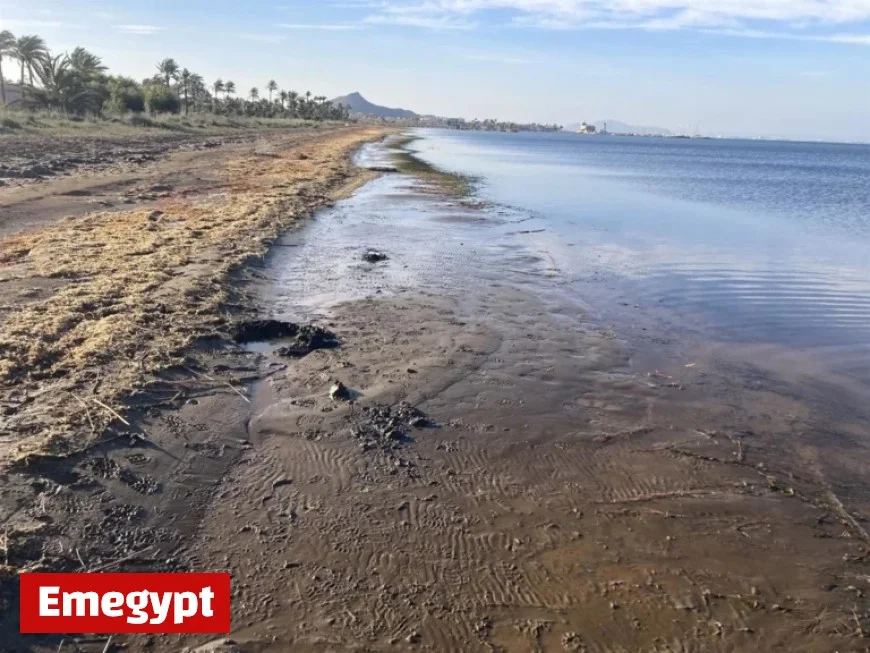Study Reveals El Mar Menor Exceeds Toxicity Limits for 6 Metals

A recent study conducted by the Institute of Science and Environmental Technology and the Department of Physics at the Autonomous University of Barcelona (UAB) has revealed alarming findings about the salinity levels in Mar Menor, located in Murcia. Sediments in this area exhibit toxic levels of six heavy metals, exceeding safety limits set for similar coastal ecosystems globally.
Study Findings on Toxicity in Mar Menor
The comprehensive research, published in the journal *Marine Pollution Bulletin*, highlights the historical contamination by metals over the 20th and 21st centuries. The primary source of this pollution has been identified as the mining industry from the Sierra de Cartagena-La Unión, which was operational from the late 19th century until the mid-20th century.
Impact of Mining Activities
- Lead
- Arsenic
- Zinc
- Mercury
- Copper
- Silver
Following the closure of these mines in the 1990s, heavy metal runoff continued to impact the lagoon during heavy rainfall, particularly in the southern region, where sediments are more concentrated. Historical data indicates that peak contamination levels were reached in the mid-20th century. Although some metal concentrations decreased after mining discharges were banned in 1955, others persisted due to urban runoff.
Future Implications for Biodiversity
Irene Alorda, a UAB researcher and study author, cautioned that while current surface concentrations of metals are lower than those observed throughout much of the 20th century, future risks remain. Changes in climate, occurrences of eutrophication, and the resuspension of sediment may reactivate the availability of these metals. This poses a potential threat to aquatic life and overall biodiversity in the region.
Need for Integrated Coastal Management
The study emphasizes the necessity for comprehensive management of coastal ecosystems. It points out that historical contamination combined with global change effects could worsen existing pollution challenges. Moreover, it offers critical insights for planning future conservation strategies and pollution mitigation measures in Mar Menor and similar ecosystems worldwide.
































